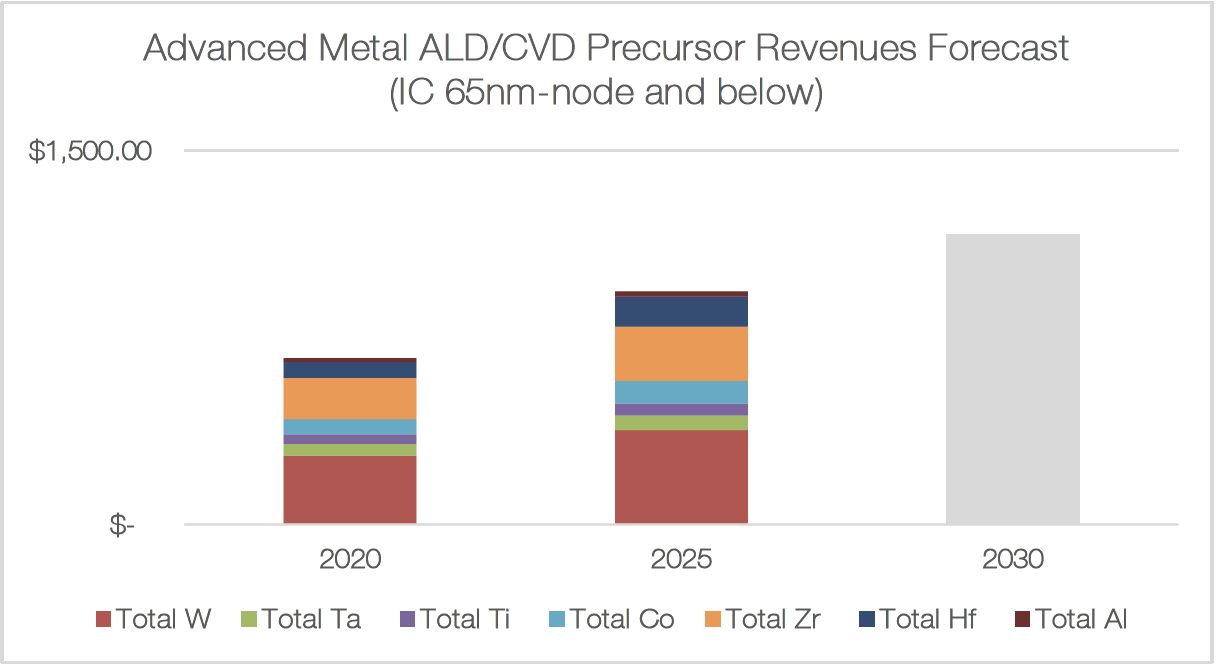Here is an interesting article on how to nucleate ALD on the rather inert CNT surface, or rather nitrogen doped CNTs. It seems to be straight forward:
1. NCNT synthesis by ultrasonic spray pyrolysis according with imidazole as carbon and nitrogen source, and ferrocene as the catalyst precursor.
2. Thermal ALD in a CNT Savannah 100 using MeCpPtMe3 and bis(ethylcyclopentadienyl)ruthenium respectively.
Atomic layer deposited Pt-Ru dual-metal dimers and identifying their active sites for hydrogen evolution reaction
Zhang, L., Si, R., Liu, H. et al. Nat Commun 10, 4936 (2019) doi:10.1038/s41467-019-12887-y
Open Access This article is licensed under a Creative Commons Attribution 4.0 International License
Single atom catalysts exhibit particularly high catalytic activities in contrast to regular nanomaterial-based catalysts. Until recently, research has been mostly focused on single atom catalysts, and it remains a great challenge to synthesize bimetallic dimer structures. Herein, we successfully prepare high-quality one-to-one A-B bimetallic dimer structures (Pt-Ru dimers) through an atomic layer deposition (ALD) process. The Pt-Ru dimers show much higher hydrogen evolution activity (more than 50 times) and excellent stability compared to commercial Pt/C catalysts. X-ray absorption spectroscopy indicates that the Pt-Ru dimers structure model contains one Pt-Ru bonding configuration. First principle calculations reveal that the Pt-Ru dimer generates a synergy effect by modulating the electronic structure, which results in the enhanced hydrogen evolution activity. This work paves the way for the rational design of bimetallic dimers with good activity and stability, which have a great potential to be applied in various catalytic reactions.
Schematic illustration of ALD synthesis of Pt–Ru dimers on nitrogen-doped carbon nanotubes (NCNTs). Firstly, the Pt single atoms were deposited by using MeCpPtMe3 as the precursor. Then the Pt–Ru dimers were prepared by selective deposition of Ru atoms on Pt single atoms. Gray: C, Blue: N, yellow: Pt, red: Ru



%20(1).png)











